The east coast of the island of Unguja (the largest in the Zanzibar archipelago, also known by this name) is among the most fascinating places in Tanzania. And it is also one of the most popular tourist spots. Not so much for the “usual” scenario of palm trees and white beaches, but for the tides that transform the coast and its seabed from time to time. Here, there are numerous small towns inhabited by fishermen, which however at the same time become paradises for tourism in every season. One of the itineraries you can follow along the east coast of the island is the one that leads to the large bay of Chwaka. It starts from Pwani Michangani to the north-east and, passing through Uroa, you shall arrive at the tip of the peninsula that closes the bay: Michamvi.
Pwani Michangani
The village and its white beach are totally exposed to the tides arriving from the Indian Ocean. Seabed and coast are constantly changing and at certain times of the day it is dangerous to swim. Tourists who choose Pwani go in search of the wildest Zanzibar. Few services, few comforts and a lot of mystery. But to better enjoy this place you have to follow the rules, avoiding risking your life. Pwani knows how to reward tourists’ patience. In fact, when the tide allows, you can reach the coral reef – about 1 km off the coast – even by walking, immersed in the warm sea. If you do, however, use protective shoes so to avoid to get cut by the corals and shells.
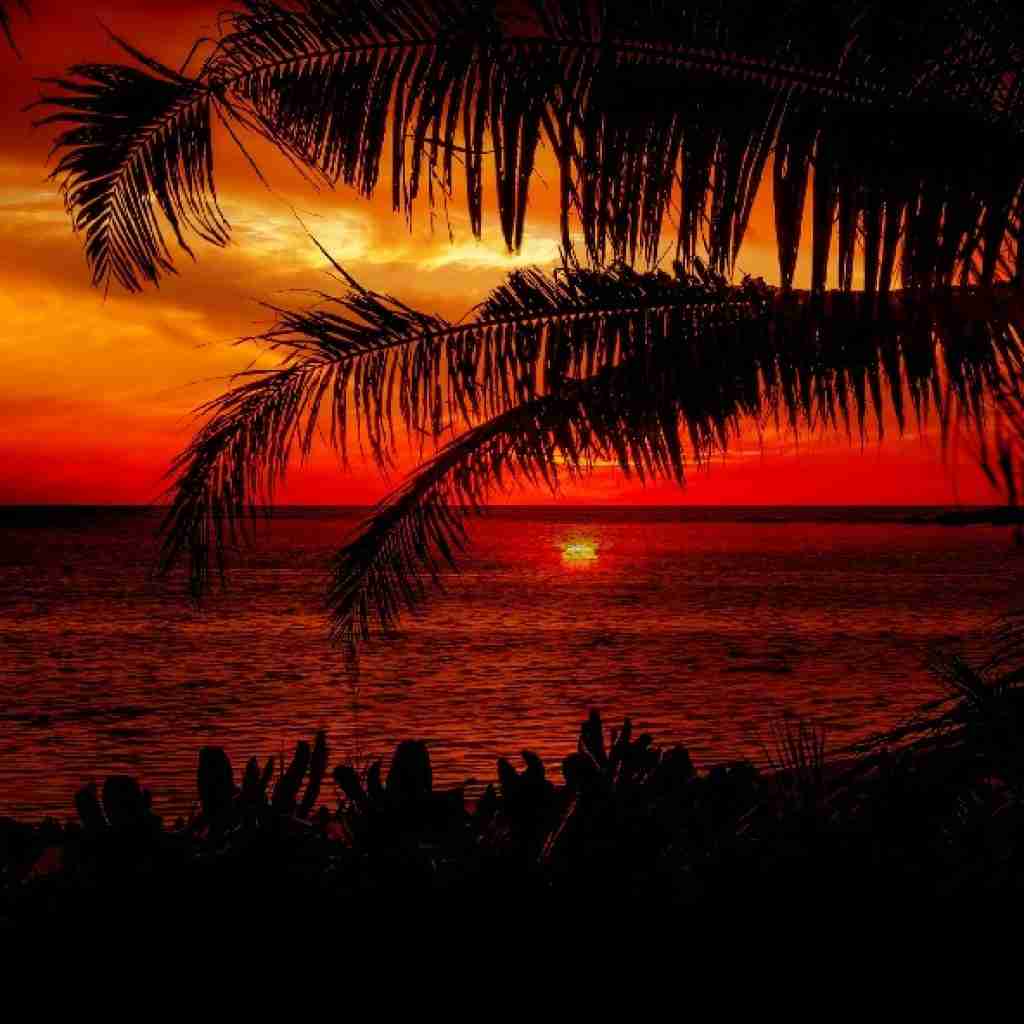 The small bay of Uroa
The small bay of Uroa
Going south, you will encounter many dream places (to name just a couple: Pongwe and Kiwengwa). If you aren’t tempted to stay longer elsewhere, continue on until you reach Uroa. This fishermen village, surrounded by palm forests, has only been open to tourism for a few years. Overlooking a small protected bay, it still retains that traditionally African aspect that other areas of Zanzibar have lost. You have to go to Uroa to enjoy “every day as it comes” without pretensions. The tides also play with the beautiful Uroa beach, but being a bay they have less dangerous effects on bathers. Of course you should always follow the advice of local guides and avoid to swim when you are told not to. In Uroa you can also admire the local population as they collect and process oceanic algae, transforming them into food and objects. This activity – together with fishing and tourism – is a basis of the island’s economy.
Michamvi and the turquoise sea
From Uroa you get to Michamvi along the entire Chwaka bay. Michamvi is a peninsula that closes off the large bay on one side, greatly curbing the tides that try to invade it from the east. On the outside of the peninsula, however, the tides break down with important phenomena. Sometimes the sea – a spectacular turquoise color! – retreats for kilometers and then rises quickly, a few hours later. When the tide is low you can walk until you reach the cliffs, but you have to be careful of the time in order to avoid being “offshore” when the sea rises. The Michamvi Peninsula is home to two major tourist sites: Pingwe Beach, on the outer side exposed to the tides, and Kae Beach, overlooking the more sheltered Chwaka Bay. The beauty of this place consists in the fact you can enjoy both fabulous sunrises and unique sunsets, depending on which side of the peninsula you travel to.
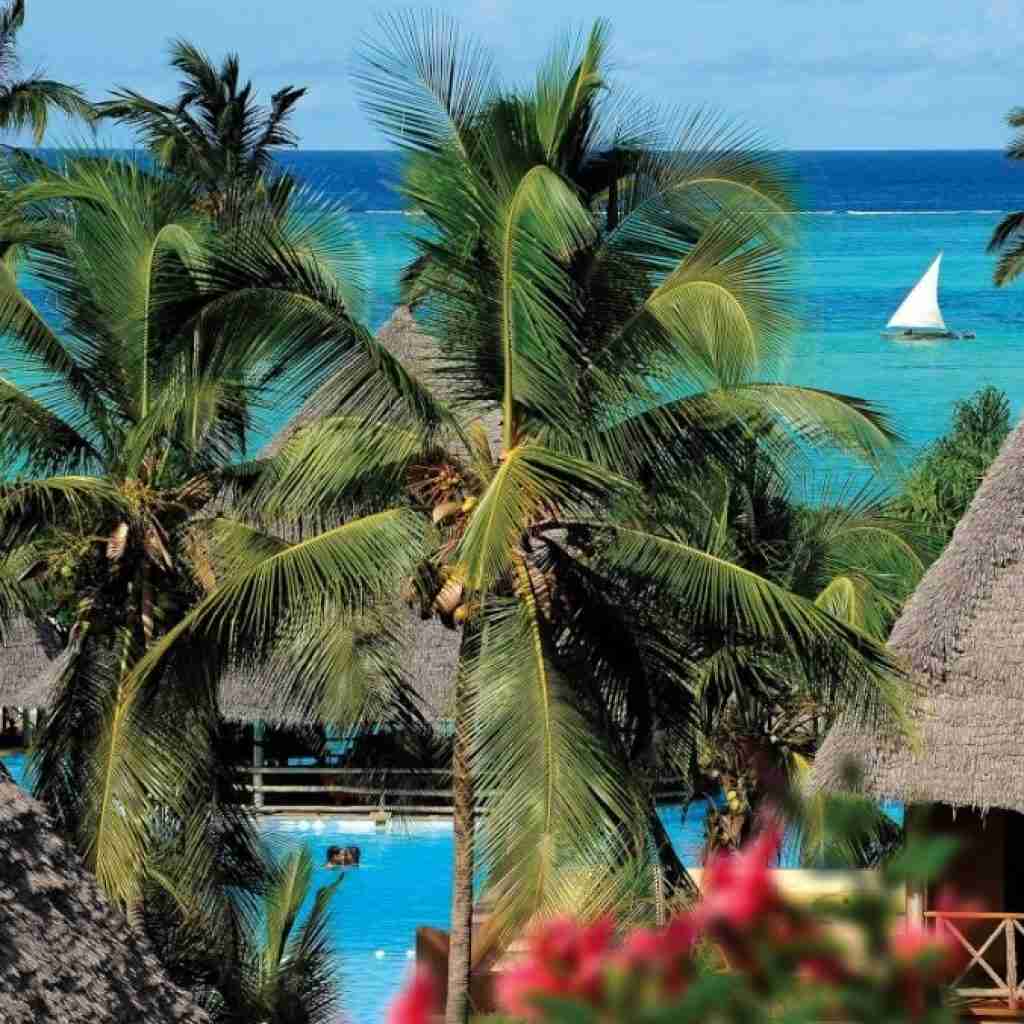 How to get there, where to stay
How to get there, where to stay
The east coast is not far from Stone Town and the international airport. In fact, the beaches are on average one-hour drive from the airport. The advice is to aim for Uroa as your place of arrival, because it is the closest. You can get there in about 40 minutes by car. From there, then, moving towards Pwani and Michamvi will be very easy.
For accommodations, you can sleep at Waikiki Resort, Waridi Resort, Next Paradise, Coral Reef (for Pwani). If you want to stay in Uroa you can book at Uroa Beach Lodge, Uroa Moonshine Hotel, Kaure Sand Beach Lodge. Book instead at Upendo Beach Resort, Baladin Hotel, Jua, Qambani Luxury Hotel if you are in Michamvi.
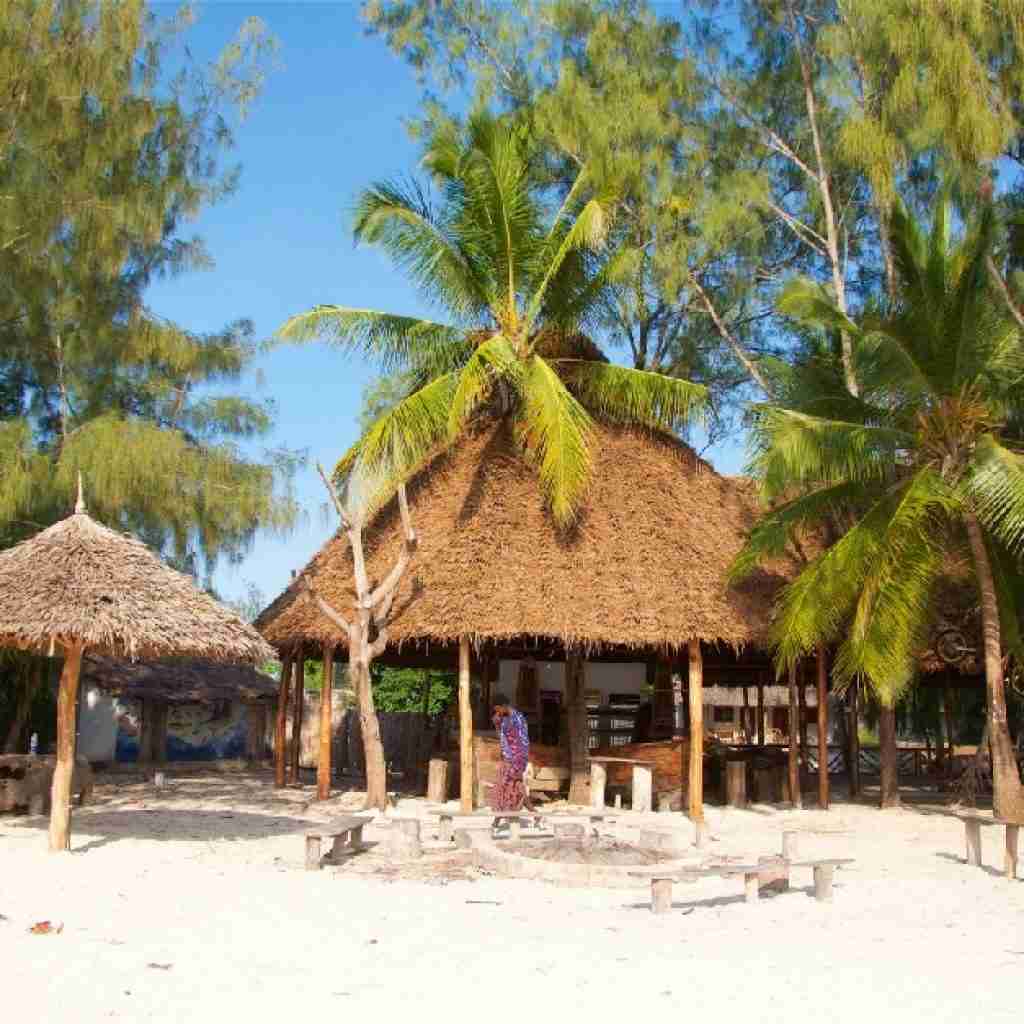
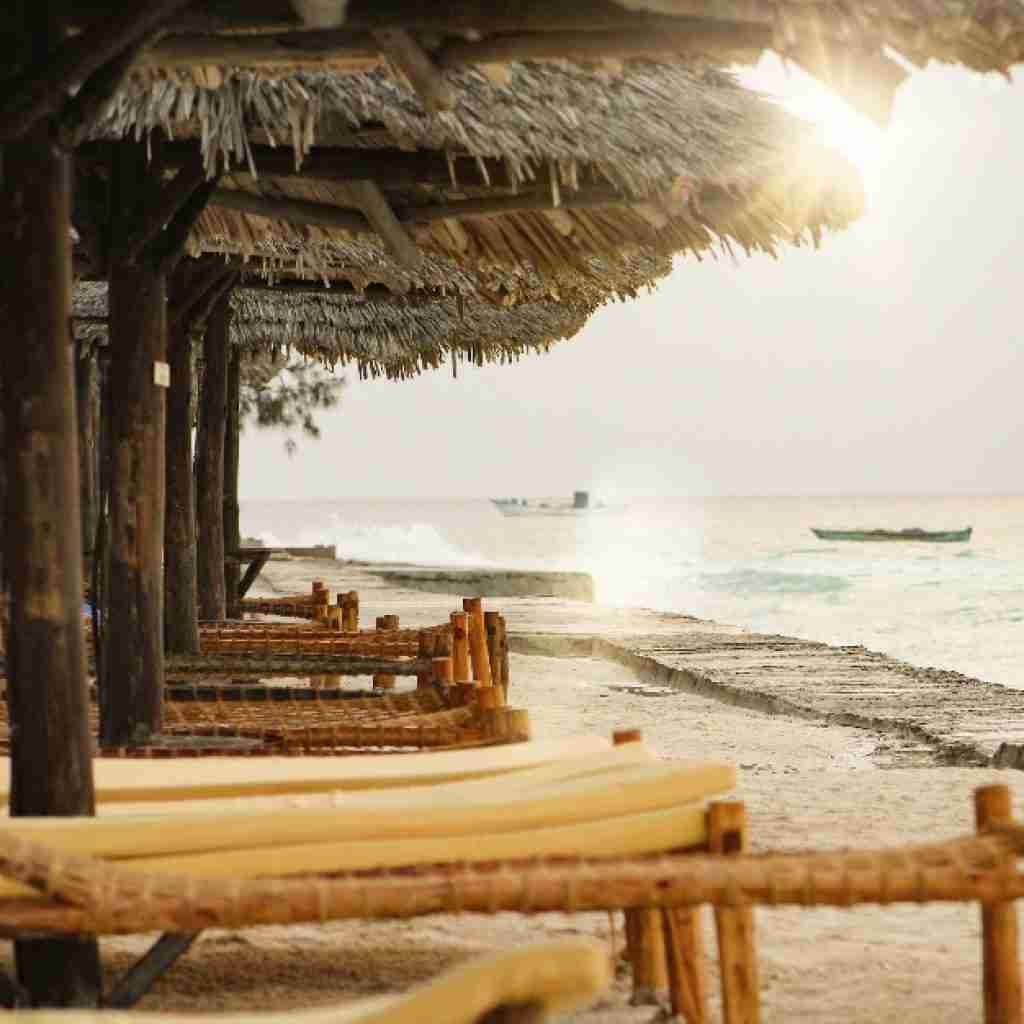


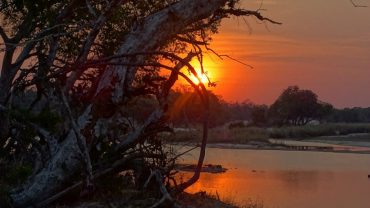
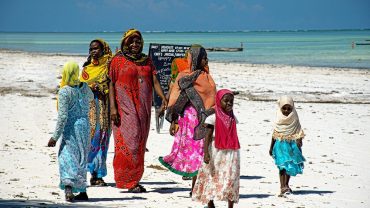
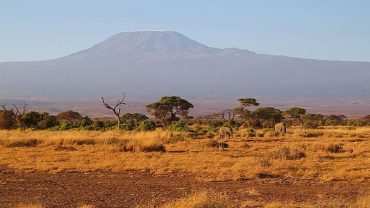
Comment (0)